Film Name:大黃蜂 / Bumblebee
Using this phrase as a title isn’t meant literally, but rather for its “wonderful/awkward” positioning—a sentiment that perfectly captures the feeling after watching “Bumblebee.” As a film exploring emotional bonds, it strikes a fine balance between genuine sentiment and proper restraint. As a soft reboot of the “Transformers” franchise, it delivers a solid commercial effort, though it falls short of excellence.
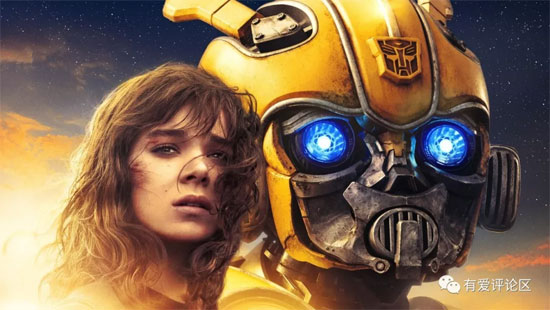
[Friendly reminder: Spoilers ahead.]
Michael Bay has driven the reputation of the Transformers franchise he created into the ground, and it seems everyone is craving something “fresh.” Coupled with its meticulously crafted pre-release marketing, the visually appealing Bumblebee has all the right timing and circumstances on its side.
To say nothing else, the mere fact that most characters appear in their G1 (Transformers: Generation 1) designs is enough to send many longtime fans into a frenzy.
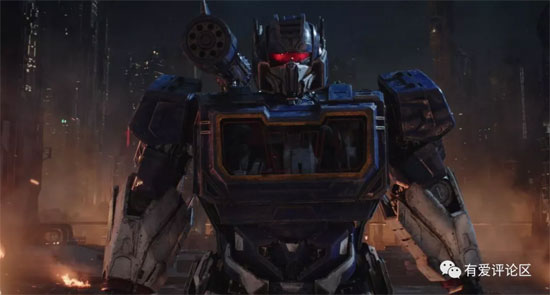
The opening and mid-section Cybertron battles form the film’s main attraction. Though brief, these sequences deliver the most thrilling moments, featuring iconic Autobots and Decepticons like Optimus Prime, Elcee, Jib, Ambulance, Shockwave, and Soundwave (the robotic dog). The visual effects, sound design, and action sequences are all impressive and faithfully recreated—this alone justifies the price of admission.
Unfortunately, constrained by the film’s budget and the creative team’s, Paramount’s, and Hasbro’s desire to distance themselves from the “copycat” controversy, Bumblebee features relatively few action sequences of this caliber. Aside from Bumblebee’s initial Earth arrival and defeat of “Lightning,” the film largely lacks substantial “scenes.” Villain development also remains concentrated on Decepticon scouts ‘Shatter’ and “Reflector.”
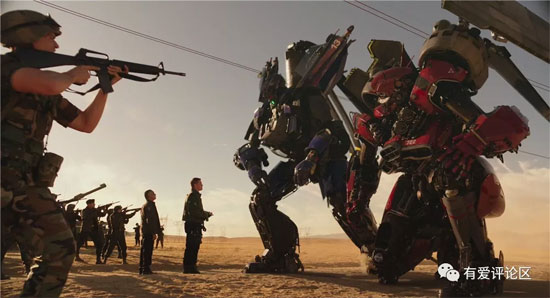
That said, the film doesn’t feel dull, largely because the titular Bumblebee gets ample screen time. He’s given plenty of “Transformers-style close-ups” across various dimensions—close-ups that don’t necessarily focus solely on combat.
As mechanical lifeforms distinct from humans, these Cybertronians capable of copying cars and aircraft offer physiological traits ripe for both cool visuals and comedic moments: The scene that stands out most to me is when Bumblebee escapes police pursuit while carrying Charlie and Memo. Navigating complex terrain without causing major casualties, Bumblebee seamlessly transitions between multiple vehicle forms and a half-vehicle/half-human form, delivering imaginative and entertaining shots that deserve praise.
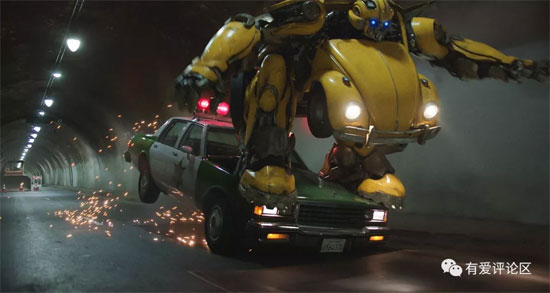
While similar scenes have appeared throughout the Transformers franchise, Bumblebee’s retro Volkswagen Beetle design, his further softened personality, and the film’s modest scope collectively deliver a fresh experience for audiences.
As for the film’s narrative focus, viewers will surely resonate: “Bumblebee” centers its story on the emotional bond between Charlie and Bumblebee—more specifically, the meeting, understanding, companionship, and mutual support of two lonely souls.
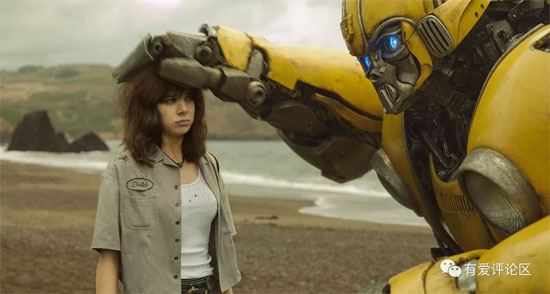
Charlie is a quintessential American teen (screen) archetype: raised in a single-parent household, restless and impulsive, viewing “owning her own car” as a rite of passage. This dynamic naturally draws her to Bumblebee—a heavily injured, amnesiac robot bearing immense burdens. Their bond forms as seamlessly as water flowing downhill.
Bumblebee’s character in the film is remarkably multifaceted. To Charlie, he simultaneously embodies the roles of friend, lover, pet, and even a surrogate father. If one word must define him, it is “family.”
What’s concerning is the film’s tendency to overdo Bumblebee’s portrayal as a “warm-hearted guy” and “cute pet.” This is particularly evident in the scene where he accidentally wrecks the house… …
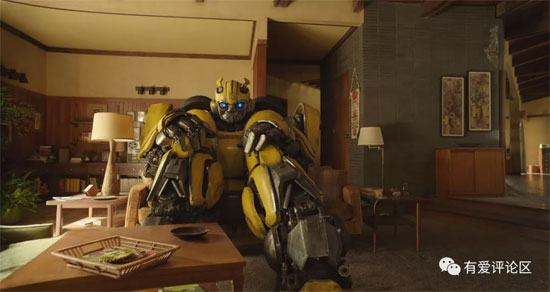
While this scene serves the main plot by exposing Bumblebee’s location and triggering Decepticon pursuit, its “over-the-top” nature is undeniable. Such a bold approach inevitably divides audiences: fans will find Bumblebee utterly adorable, while critics may feel the film’s tone has veered too far off course.
Moreover, the film’s logic crumbles under scrutiny in several places. For instance, after failing to interrogate Bumblebee, Lightning’s first instinct is to remove his vocal cords before torturing him to death. Two near-adults infiltrate a paramilitary base as if it were deserted, smoothly reaching the outer perimeter of the Decepticon prison. Meanwhile, Agent Burns and his team leave Dr. Powell completely unguarded. When they finally return after the others have finished their business, the order from “Zhao Xina” is to blow the door… blow the door…
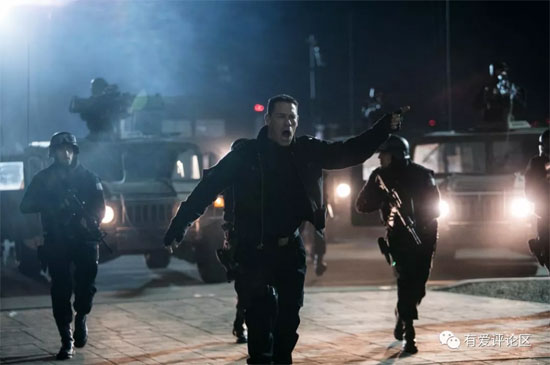
In truth, the film is littered with such “deliberate” attempts to manufacture conflict and drama. Take Charlie, who remains paralyzed by her father’s death and fears diving. To complete her symbolic rescue leap for Bumblebee (meaningless in practical terms), she forces herself to jump. Then, during Bumblebee’s battle with Shatter, he stubbornly chooses the tactic of breaching the dam to sink the ship—a move doomed to mutual destruction…
The tropes and techniques are sound in theory, but their execution leaves much to be desired.
Therefore, in my view, the most commendable aspect of “Bumblebee” in its main narrative remains its emotional restraint.

Chloe and Bumblebee share an undeniably close bond, yet when he chooses to depart for his mission, she still sees him off with a tearful smile. After all they’ve been through together, by most screenplay standards, Chloe and Memo should have taken things further. But they remain stuck in that awkward phase—cheek-to-cheek but not lips-to-lips, hands-holding-but-not-quite-holding-hands (and don’t give me that rating talk).
This might just be the grounded, refreshing touch the currently over-the-top, frenetic Transformers franchise needs most.
A quick note on Bumblebee director Travis Knight: As the “Nike heir,” he generates nearly as much buzz as the film itself, often joked about as someone who “can only go home and inherit billions if his movies flop”… You can tell he genuinely loves cinema.
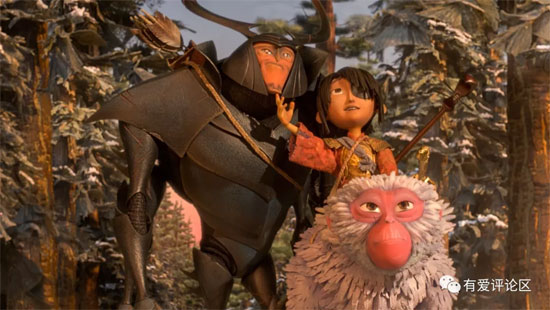
Kubo and the Two Strings, Knight’s feature debut, once dazzled audiences with its unique stop-motion animation style and heartwarming themes of family bonds. Yet its small-scale production inevitably carried a certain rawness.
In some ways, Travis’s second feature, “Bumblebee,” continues these strengths and weaknesses: it’s imaginative in concept and execution, yet lacks polish in technique and overall vision.
The film is packed with nostalgic 80s elements, and many scenes—like the lyrics-as-dialogue—are executed brilliantly. Key moments are handled well, but the pacing clearly falters at times. As for other flaws, they’ve been sufficiently covered earlier.
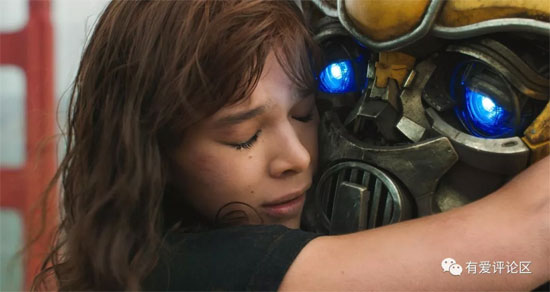
With passion, resources, and undeniable talent, if Travis can refine his weaknesses, he has the potential to create even better films—though even if he stays on this trajectory, he remains a solid director.
Here, I’d like to express my gratitude to Travis and the film’s creators for delivering a unique take on “Bumblebee.” At the very least, it warmed my heart.
Please specify:Anime Phone Cases » Bumblebee 大黃蜂 2018 Film Review: More than friends, but not quite lovers